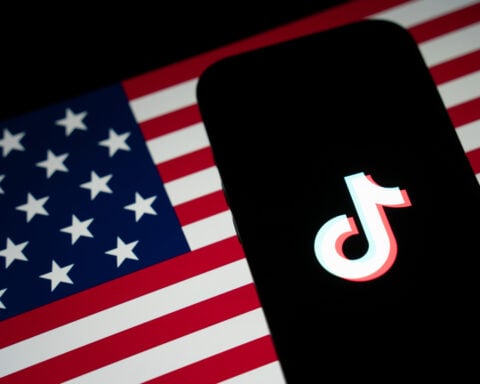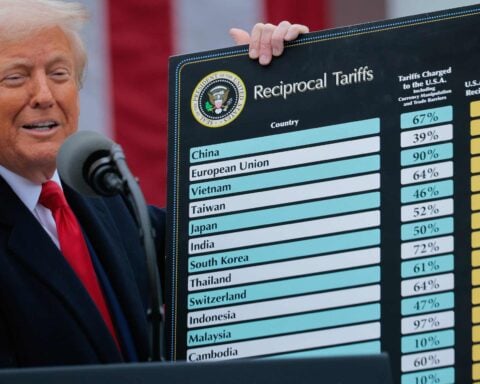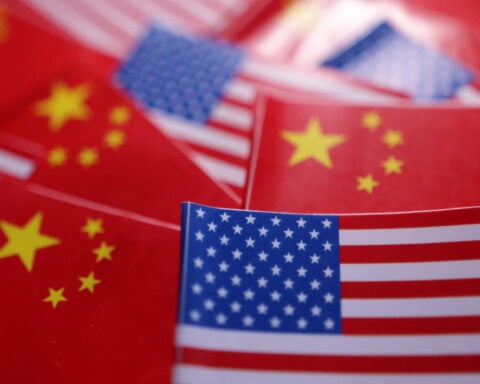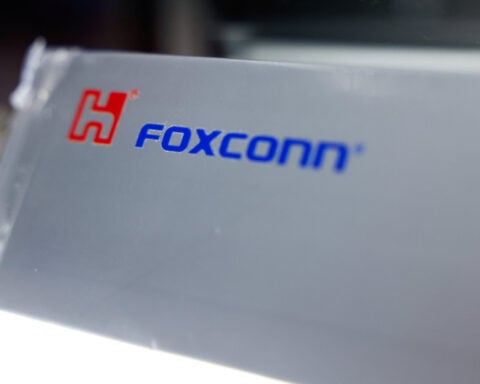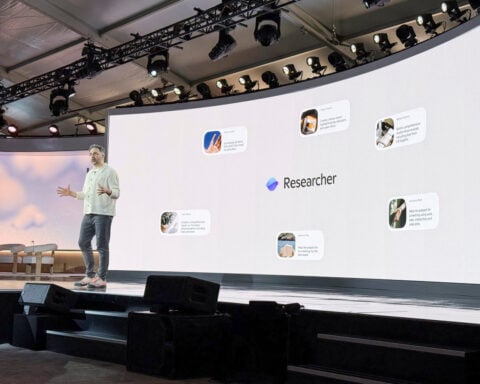By Josh Ye
HONG KONG (Reuters) - The Biden administration plans to put guardrails on U.S.-developed artificial intelligence (AI) models that power popular chatbots like ChatGPT to safeguard the technology from countries such as China and Russia, Reuters has reported.
But China in the past year has built its own domestic generative AI industry and has been urging its companies to avoid foreign technology.
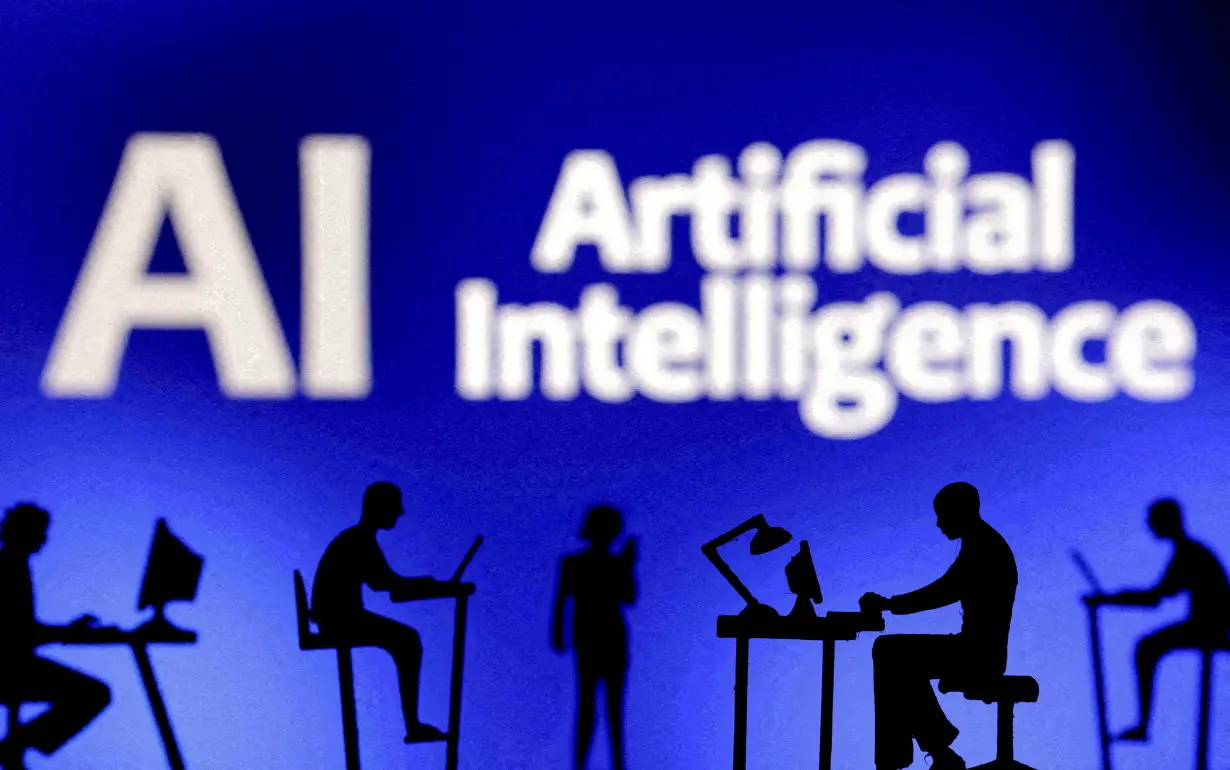
Here is how reliant China currently is on U.S. AI models and the impact Washington's plans may have:
HOW ACCESSIBLE ARE OPENAI’S AI MODELS IN CHINA?
OpenAI’s key AI services such as ChatGPT and the DALL-E image generator have not been officially rolled out in mainland China. An OpenAI spokesperson told Reuters last year that it was unable to do so in certain countries due to local "conditions".
However, a large number of companies and engineers have accessed OpenAI’s services using proxy tools like virtual private networks (VPN) to mask their network addresses.
As such, many Chinese companies have been able to build software and applications on top of OpenAI’s models. Chinese companies also frequently benchmark their own AI models against those of OpenAI.
OpenAI has shut down Chinese companies’ access to its service. Last December, OpenAI suspended the account of ByteDance, TikTok’s Chinese owner, after technology website The Verge reported that ByteDance used OpenAI’s technology to develop its own AI.
In Hong Kong, China’s special administrative region, access to OpenAI’s AI models is also restricted but it is not airtight. Although OpenAI’s services are unavailable there, Microsoft, an investor and a partner of OpenAI, has released Copilot, a generative AI service built with OpenAI’s latest technology, to the public. By partnering with Microsoft, companies there can also gain access to OpenAI’s AI models.
DO CHINA’S AI MODELS USE ANY US TECH?
The U.S. Commerce department's move is aimed at the export of proprietary, or closed source AI models, whose software and the data it is trained on are kept under wraps, the sources told Reuters. Open source models would be beyond the purview of export controls.
However, China has been heavily relying on many open source models developed in the West such as Meta Platforms’ “Llama” series.
In March, the Beijing Academy of Artificial Intelligence, a high-level research lab, was quoted by Chinese state media as stating that the majority of homegrown Chinese AI models were in fact built using Meta’s Llama models and that this posed a key challenge to China's AI development.
The lab told China’s Premier Li Qiang at the time that China “severely lacks autonomy” in the area.
In November 2023, 01.AI, one of the most high-profile AI unicorns in China founded by Google’s former executive Lee Kai-fu, faced a major backlash after some AI engineers found that its AI model Yi-34B was built on Meta’s Llama system.
That said, a large number of Chinese tech companies such as Baidu, Huawei and iFlytek have been working to develop their own “completely proprietary” AI models. Some of them claim that their models have become as capable as OpenAI’s latest GPT4 model in several areas.
WHAT IS BEIJING’S STANCE ON US AI MODELS?
Chinese authorities, in line with an order from Chinese President Xi Jinping to develop technological self-sufficiency, have been emphasizing the need for the country to develop its own “controllable” AI technology.
State-backed newspaper China Daily said in a post last February on China’s microblogging site Weibo that ChatGPT "could provide a helping hand to the U.S. government in its spread of disinformation and its manipulation of global narratives for its own geopolitical interests."
The country has also been proactive in rolling out regulations on the use of generative AI, requiring services to obtain government approvals before being released to the public. As of January, China has approved over 40 AI models for public use but none of them were foreign AI models.
Last April, a senior Hong Kong government official also said that the city has no plan to allow the use of ChatGPT within the local government.
Positive sentiment from the Chinese government towards U.S. generative AI technology has mostly been directed at comparing how far China is behind the U.S. in AI development, rather than encouraging U.S. AI technology.
At the country's annual parliamentary meeting last March, a minister used a football analogy to describe ChatGPT’s big lead over Chinese AI products.
“Playing football involves dribbling and shooting, but it’s not easy to be as good as Messi,” China’s minister of science and technology Wang Zhigang said, referring to Argentinian superstar Lionel Messi.
(Reporting by Josh Ye; Editing by Sharon Singleton)

 Trump has begun another trade war. Here's a timeline of how we got here
Trump has begun another trade war. Here's a timeline of how we got here
 Canada's leader laments lost friendship with US in town that sheltered stranded Americans after 9/11
Canada's leader laments lost friendship with US in town that sheltered stranded Americans after 9/11
 Chinese EV giant BYD's fourth-quarter profit leaps 73%
Chinese EV giant BYD's fourth-quarter profit leaps 73%
 You're an American in another land? Prepare to talk about the why and how of Trump 2.0
You're an American in another land? Prepare to talk about the why and how of Trump 2.0
 Chalk talk: Star power, top teams and No. 5 seeds headline the women's March Madness Sweet 16
Chalk talk: Star power, top teams and No. 5 seeds headline the women's March Madness Sweet 16
 Purdue returns to Sweet 16 with 76-62 win over McNeese in March Madness
Purdue returns to Sweet 16 with 76-62 win over McNeese in March Madness
